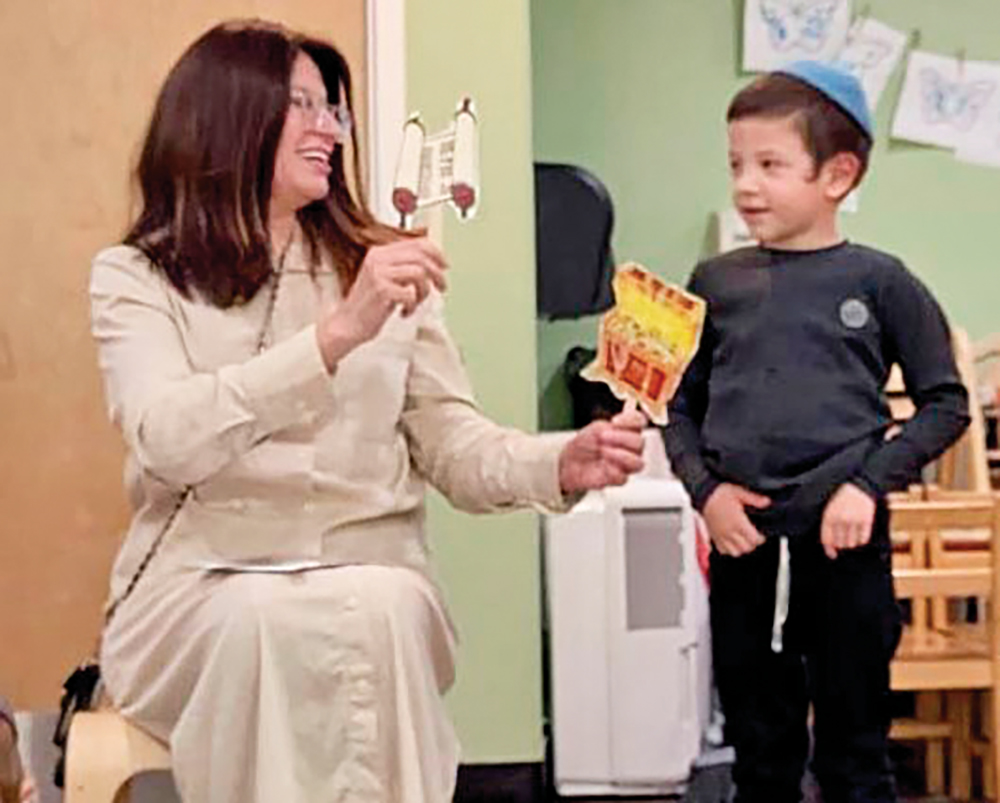(Courtesy of Institute of Hebrew Bible Manuscript Research) The 1,100-year-old Sassoon Codex, the oldest, most complete Hebrew Bible in private hands, was sold at Sotheby’s for $38.1M. The Sassoon Codex is the earliest surviving manuscript in private hands to have originally contained all 24 books of the Hebrew Bible with vowels and accents.
Dr. Nehemia Gordon, executive director of the Institute for Hebrew Bible Manuscript Research (IHBMR) of Bedford, Texas, played a key role in uncovering hidden text in the Sassoon Codex. In 2019, Dr. Gordon joined Professor Yosef Ofer of Bar-Ilan University and Dr. Neria Klein for four days in Geneva, Switzerland studying the Sassoon Codex. They were the first scholars to physically examine the codex since it was purchased by the current owner, Jaqui E. Safra in 1989.
“The Sassoon Codex is immensely important,” Dr. Gordon explained. “It is one of six key manuscripts of the Hebrew Bible, or Old Testament, identified by scholars as the basis for reconstructing the Masoretic Text, the received text of the Hebrew Bible. If you want to know what is in the original Hebrew text of the Bible, as it has been preserved by the Jewish people, this is one of the main manuscripts you have to consult.”
Dr. Gordon used special techniques to recover lost text that was not visible to the naked eye, including a 50x microscope to examine codex details under visible, near-infrared, and ultraviolet light. Gordon’s Institute for Hebrew Bible Manuscript Research also created the first, easy-to-navigate high-resolution photo index by Bible verse of the nearly 800-page manuscript, providing scholars and laypersons with a simple way to research one of the most significant religious texts.
Comparing Aleppo Codex And Sassoon Codex
The Aleppo Codex is considered by scholars to be the most accurate surviving manuscript of the Hebrew Bible. Written around 925 CE in Tiberias by the master scribe Aaron Ben Asher, the Aleppo Codex was considered the definitive version of the Hebrew Bible for over 1,000 years. Scribes used the Aleppo Codex to precisely reproduce every letter, dot, and dash of the Hebrew text and to proofread their manuscripts.
Unfortunately, about one-third of the Aleppo Codex – including most of the Torah (the Five Books of Moses) – is now missing, making comparisons with other manuscripts critical to filling out the missing portions. The five key codexes (or: codices), which scholars compare to the Aleppo Codex are the Sassoon Codex, British Library Or. 4445, Leningrad Codex, Cairo Codex of the Prophets, and the Damascus Crown.
“What makes these five codexes so important are their dates and their similarity to the Aleppo Codex,” emphasized Gordon. “The Sassoon Codex is the only one of the six key manuscripts of the Hebrew Bible that is in private rather than institutional hands and is now up for sale.”
Some scholars believe that the Sassoon Codex is, in fact, based directly on the Aleppo Codex, pointing to a medieval letter in the Cairo Genizah that refers to “the brother of the Crown.” The Crown is what Jews in this period called the Aleppo Codex. This phrase refers to a proofreading note on page 112 of the Sassoon Codex in which the scribe writes, “We found [this list of specially spelled words] in the work of the great teacher Aaron Ben Asher, in his notes in the codex known as the Crown.”
“While Carbon 14 tests showed the Sassoon Codex could be from the late 9th to mid-10th century,” explains Dr. Gordon, “the proofreading note shows that one of the scribes of the Sassoon Codex used the Aleppo Codex to proofread his text. Hence, the Sassoon Codex in its present form could not be earlier than the Aleppo Codex, dated to around 925 CE.”
Dr. Gordon’s IHBMR has ongoing collaborations with the Oxford Centre for Jewish and Hebrew Studies and the German Federal Institute for Materials Research and Testing (BAM). IHBMR’s advisory board includes Prof. Emanuel Tov of the Hebrew University of Jerusalem, who served for years as the editor-in-chief of the Dead Sea Scrolls.
Dr. Gordon has carried out near infrared microscope examinations of four of the six key manuscripts of the Hebrew Bible including the Aleppo Codex, the Leningrad Codex, the Sassoon Codex, and the Damascus Crown. His research has employed micro x-ray fluorescence, an advanced technique for identifying the elemental “fingerprint” of inks on numerous manuscripts including the Bologna Scroll, the oldest, complete surviving Torah scroll and Codex Vaticanus, considered to be the most important Greek manuscript of the New Testament.
Dr. Gordon’s research has been published in peer-reviewed journals such as Oxford University’s Journal of Jewish Studies, Hebrew University’s Textus, and University of Hamburg’s Comparative Oriental Manuscript Studies Bulletin.














